She makes hyper-realistic baby dolls for a living. They go for as much as US$6,000
Cradling a lifelike baby doll may seem eerie to some, but for Andrea Lee, who creates about 26 of them a year, it is comforting and beautiful. CNA Insider explores the reborn-doll market and what fuels its appeal.
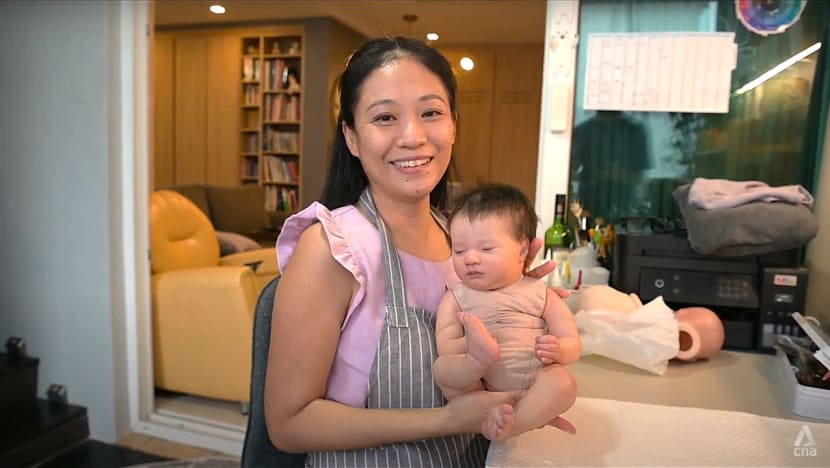
Reborn-doll creator Andrea Lee with one of her “babies”.

This audio is generated by an AI tool.
SINGAPORE: Do you sleep well at night? Aren’t you ever afraid that your dolls might haunt you? These were among the questions Andrea Lee’s friend asked when visiting her home.
Lee tries to take such questions as a compliment. After all, the more lifelike her dolls appear, the more it affirms her skills as a reborn-doll artist.
The 50-year-old meticulously paints doll sculptures to resemble human babies. She began selling her dolls on Facebook in July 2021 and quickly garnered a following among doll collectors worldwide.
“Among all the sellers, her reborn dolls look the most natural, detailed and realistic,” praised Jessica Wu, 40, a reborn-doll collector and one of Lee’s customers in Singapore.
“Everything looks very real: (The doll’s) face is rosy, her skin looks like a real baby’s, and her nails.”
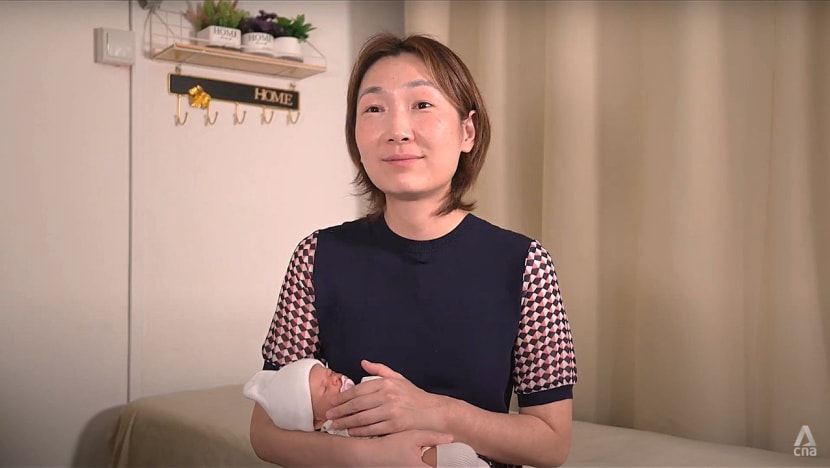
Lee specialises in both vinyl and silicone reborn dolls. Vinyl dolls range from US$400 (S$537) to US$4,000, while silicone ones can fetch between US$4,000 and US$10,000.
How are these reborn dolls made, and why do people buy them? CNA Insider explores Lee’s journey into the world of hyper-realistic baby dolls and uncovers the motivations driving this market.
HOW FAKE BABIES ARE BORN
Before the dolls are “reborn”, they undergo three stages: creation, detailing and dress-up.
In the first stage, sculptors shape the doll before sending it to prototype artists like Lee, who are trusted to paint new doll models. These prototypes may eventually serve as references for other reborn-doll artists.
“The sculptor usually (chooses) … very good artists, if not the best in the industry, to work on their (sculptures),” she said. “So being able to get selected … is a huge honour.”
WATCH: How I make reborn dolls — Why my silicone babies cost US$6,000 (9:05)
Alternatively, reborn-doll artists can buy sculptures directly to paint them.
Once a sculpture arrives, she begins by priming the doll kit — which includes limbs and head — with a thinning medium to improve paint adhesion. Then she “bakes (her) babies” in an oven to seal in the first layer of paint.
The next phase is the detailed artistry. Painting alone can take between three and six weeks. Lee typically uses a delicate hue for the skin and employs a sponge to mimic the splotchy redness and texture of a newborn’s skin.
This is followed by the process of hair rooting, which can take her up to 40 hours. During this stage, hair is inserted into the scalp one strand at a time.
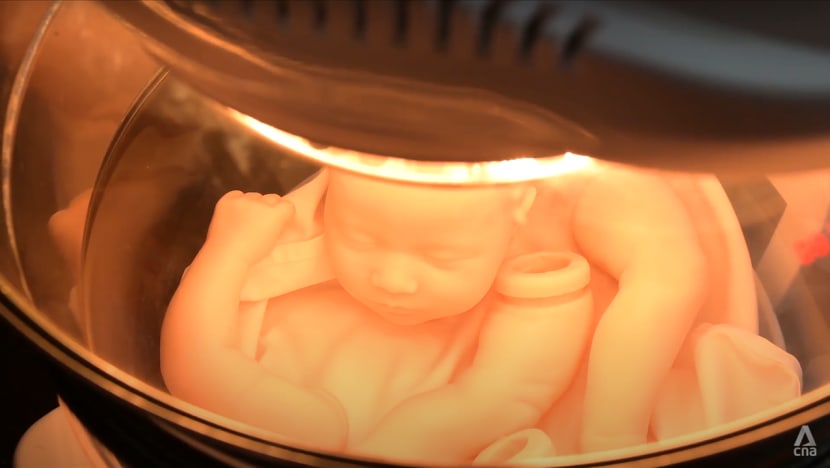
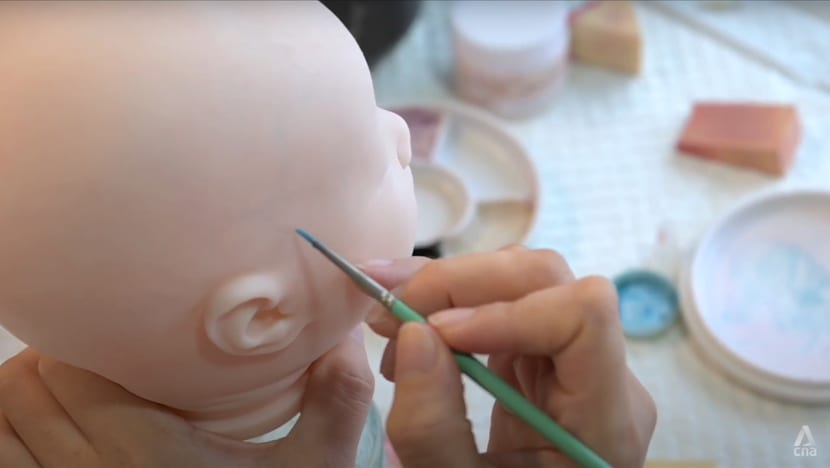
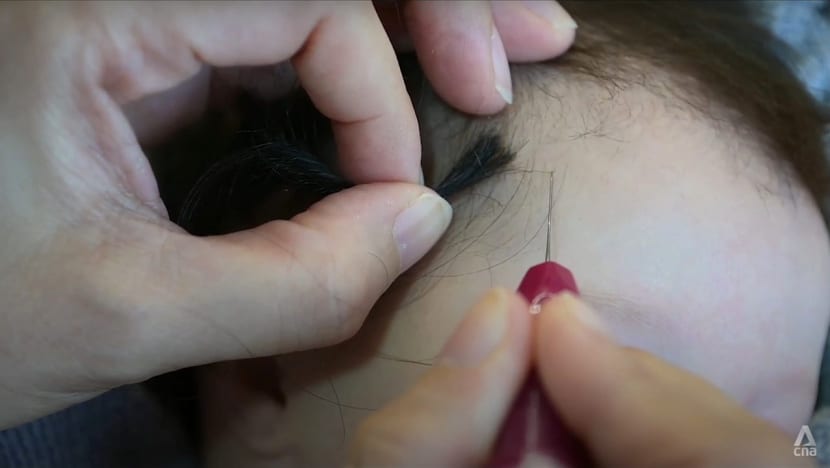
After that, glass beads are placed in the hollow parts of the doll to provide a realistic weight before the kit is attached to a cloth body using zip ties.
“I always look forward to this stage,” Lee shared. “I can finally hold the baby in my arms. It’s very exciting.”
In the final stage, the dolls are dressed in outfits from real baby stores. Only then are they ready to be photographed and featured on her website.
And her dolls are a hot commodity. She produces only about 26 dolls a year, and they are often snapped up within minutes. Her most expensive doll was sold for more than US$5,900.
Her craftsmanship has even led to counterfeits of her work.
Scammers once created a fake account under her name and used her photos to sell seven imitations. A follower alerted Lee to the scam, and she denounced the fakes, explaining that her genuine creations had already been sold.
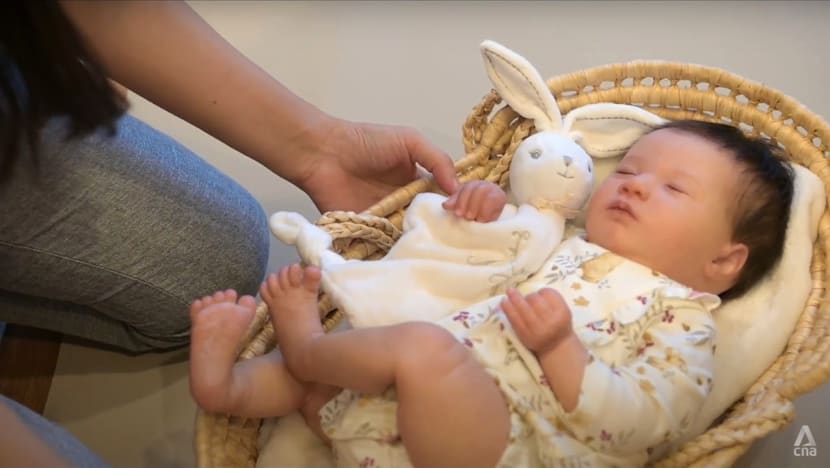
It took an additional two to three months for the fraudulent account to be removed from the website after Lee and her followers reported it.
One way to verify a reborn doll’s authenticity is to consider its price. The scammers were selling their imitations for US$220 each, while her dolls were priced at about US$1,500 at the time.
“So if you see something at that price range, … you can’t expect (dolls that are) very realistic, high-quality,” she advised.
TURNING DOLLS INTO DOLLARS
According to Lee, her unconventional career path had been a long time coming.
As a child, she had a passion for realism painting and drawing. Her father, however, was not supportive of her artistic ambitions. He believed a career as an artist would be difficult and unlikely to yield a good income.
So she set aside her dreams, focusing instead on work and raising four children. It was not until 2021, after her youngest child completed her Primary School Leaving Examination, that Lee found some time to rekindle her love of painting.
She enrolled in a one-day beginner course in acrylic painting and later participated in a workshop on reborn-doll painting. As she shared progress photos of her dolls online, she started receiving inquiries from collectors interested in buying her creations.

“I was taken aback,” she said. “I never expected (this) at all. … Are you serious, you want to buy my babies?”
The inquiries continued to pour in. At this point, her husband, Roy Oh, suggested she start a business, and the rest is history.
Oh, 51, the president of a property management company based in Michigan, United States, also supports Lee financially. She has a full-time job in the company while pursuing her doll-making on the side.
“I’m very lucky because my hubby travels to the US very often,” she said. “I gave him my list (of doll materials), and then he (brought) everything back for me.”
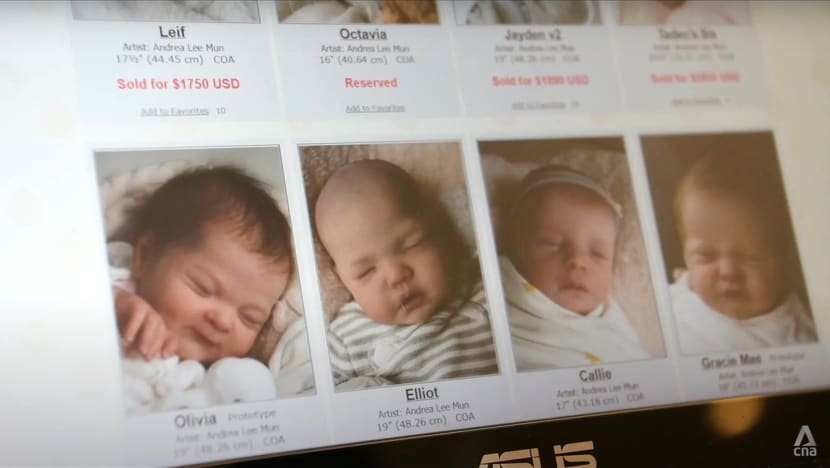
Owing to the logistical challenges of sourcing materials, Lee thinks she may be the only one in the region who specialises in painting silicone dolls.
But the extra effort is worth it. For her, reborn dolls are more than mere artworks — they offer therapeutic benefits as well.
She recalls shedding tears of joy, not anticipating the comfort she felt when she cradled her first reborn doll. It also evoked memories of her days as a young mother, cradling a newborn baby.
“To see how you can … bring life to a doll through your art,” she said, “is very rewarding.”
Her grandmother shares her affection for the dolls, finding solace in holding them when she feels frustrated. In fact, Lee’s fascination with dolls began as a child when her grandmother gave her a doll.
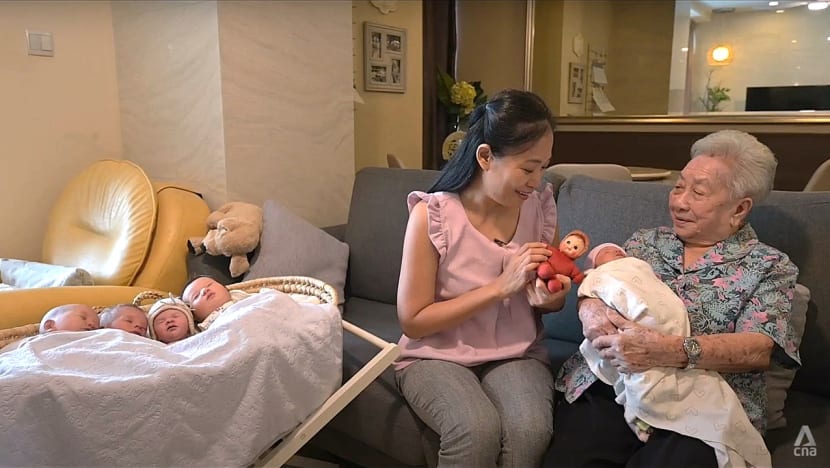
Lee’s eldest daughter, Heulwen Oh, on the other hand, was initially scared of the dolls — until she held one herself, and everything changed. “I’m the only child that’d go around just randomly holding (my mum’s) baby,” said the 21-year-old.
Even Lee’s father, now in his 80s and who once discouraged her artistic endeavours, takes pride in her work now, albeit indirectly. “When I post (on) my Facebook (page), … he’ll put the thumbs up,” she said.
That’s enough for me. I think he’s proud of me now.”
MORE THAN PLAYING MUMMY
Although there is criticism — that the sub-culture around reborn dolls encourages women to just play mummy — Lee believes that most collectors are drawn to the dolls’ artistic value.
Research in the US and Australia has also suggested that baby dolls may offer comfort and aid women with dementia in dealing with anxiety, among other things.
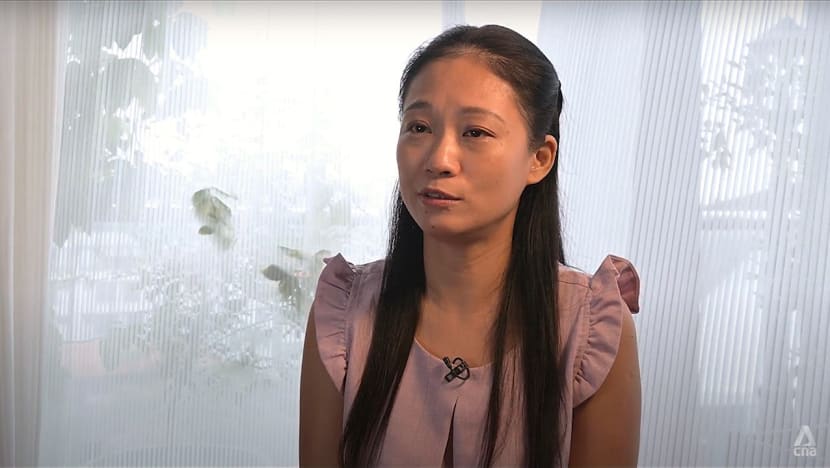
Emilie St Hilaire, a PhD humanities student at Concordia University in Montreal, told The Guardian that from her global survey of collectors, none perceived their reborn dolls as “real” babies.
Instead, these dolls fulfil a creative itch, whether the collectors are assembling them from kits and online tutorials or simply dressing them up, she said.
In her view, these dolls function less as substitutes for children and more as interactive elements in a larger role-playing experience.
Wu, who bought “Lillie” from Lee for just under S$2,000, shares one such bond with her doll. Each morning, she kisses Lillie, touches its head and says, “Lillie, I’m going to work.”
Occasionally, she places Lillie on her stomach before she sleeps, and places a hat on its head for a more realistic look.
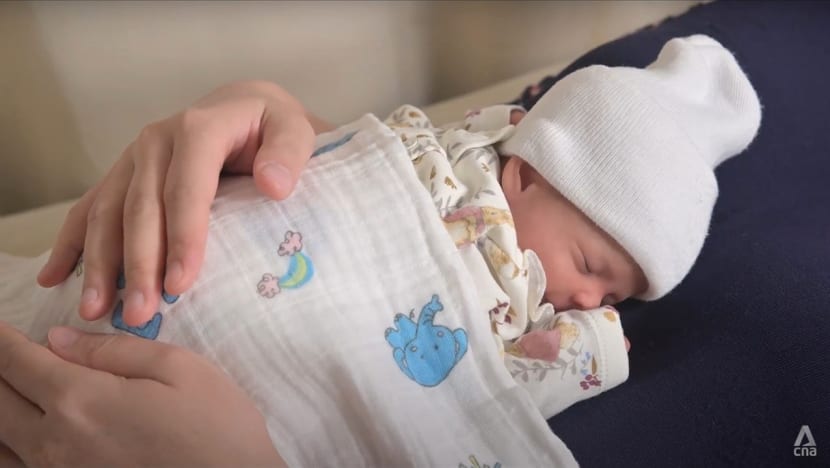
“I’ve been married for 11 years but have no children. I really like Lillie, and I’m very satisfied,” said Wu, who still has one eye on Lee’s page and is considering buying another doll.
Looking ahead, Lee is excited about the possibility of creating more ethnically Asian reborn dolls.
“In the US, there are already a lot of very beautiful ethnic dolls, (with a) darker skin tone,” she said. “But … there aren’t many Asian dolls, that’s for sure.
“There are so many artists all around the world, and I think it’ll be very exciting to see how they’re able to push the boundaries of realism to the next level.”















